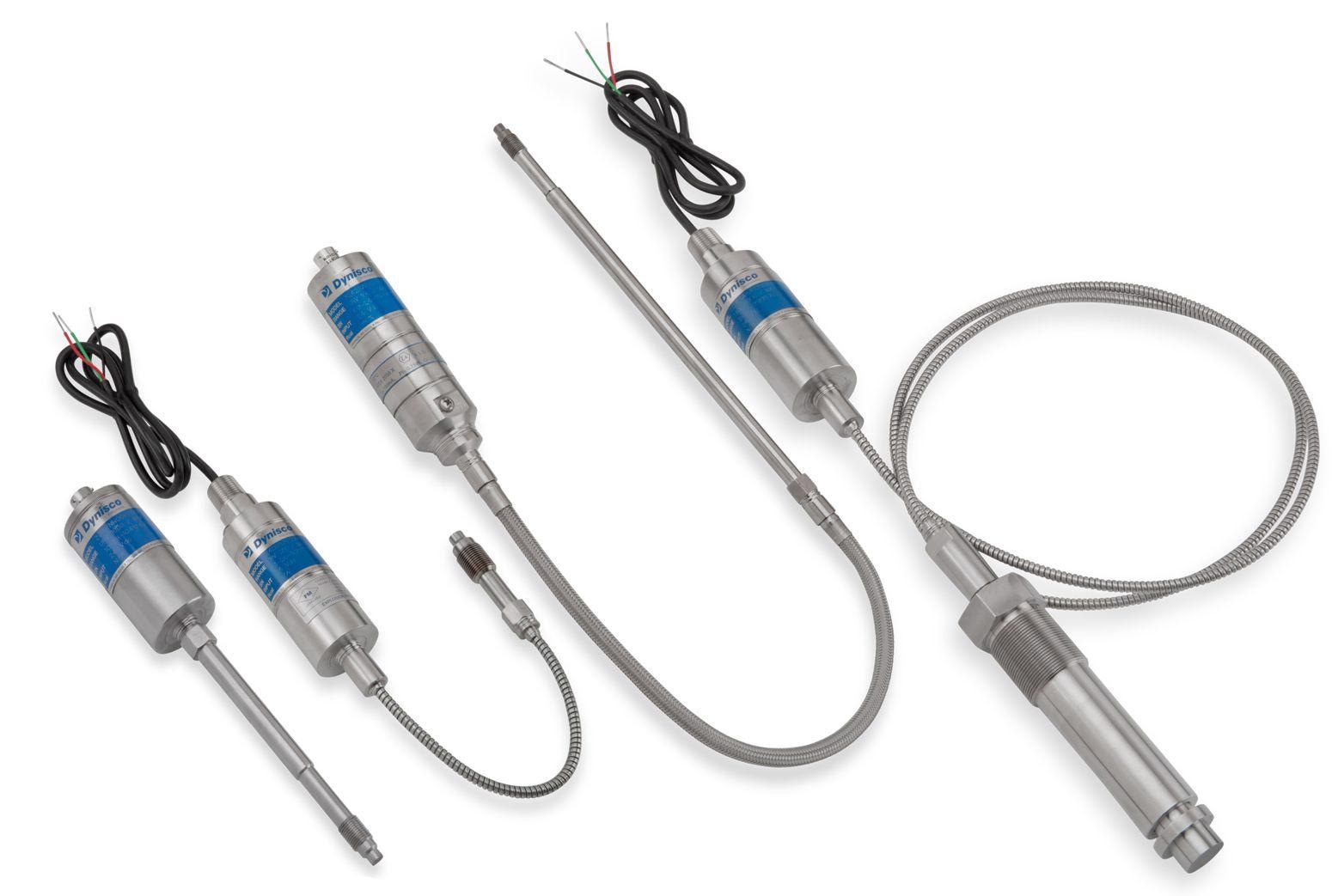What is HART™ Communication Protocol, and what advantages does HART offer when purchasing an SPX or Vertex sensor? Developed in the mid-1980s, HART is an acronym for Highway Addressable Remote Transducer, and it allows users to communicate over legacy 4-20 mA analog instrumentation.
The benefits of selecting HART are Analog Capability, Digital Capability, Interoperability and Availability. Simultaneous analog and digital communication are facilitated by Analog Compatibility. HART can be used with a variety of sensors and devices.
It allows for diagnostics of the sensors via failsafe conditions, which alerts users to any potential problem; HART protocol is proven in the field and has an install base in the millions.
Interoperability is that HART protocol is the industry standard and can be used in conjunction with a wide range of sensors and devices due to the common command and data structure features.

Image Credit: Dynisco
Digital Capability enables access to all instrument diagnostics and parameters. Two frequently accessed instrument parameters are Upper Range Value (URV) and Lower Range Value (LRV). These values can be altered via HART handheld device to reflect accurate pressure reading at 4 mA.
For instance, if a 15-psig shift occurs during start-up, the user can alter the LRV so, at 15 psig, the span is not affected, and output will be 4 mA.
The user also has the capacity to ‘turn down’ the pressure range, and if a user has a 0-5000 psig sensor, they can turn down or adjust the URV to get closer to the actual pressure that the sensor will be seeing.
It also facilitates the diagnostics of the sensors via failsafe conditions, which lets users know that there could be a potential problem via an alert system (the HART portion of the SPX user manual for further details).
As previously earlier, a HART device can allow the user to modify pressure output ranges. Once completed, the published accuracy of the sensor is impacted.
Most SPX series sensors have a 5:1 turndown ratio, which means that turning down a 0–5000 psig sensor is possible, so at 0 psig the output will read 4 mA (ideal scenario), and at 1000 psig, the readout of the output will be 20 mA.
However, the accuracy will increase by a multiple of 5. Dynisco’s SPX2242 series sensor has an FSO of 0.25% when at full operational capacity (0-5000 psig). If the sensor is to be turned down to 0-1000 psig, the resulting accuracy/resolution would be 1.25%.

This information has been sourced, reviewed and adapted from materials provided by Dynisco.
For more information on this source, please visit Dynisco.